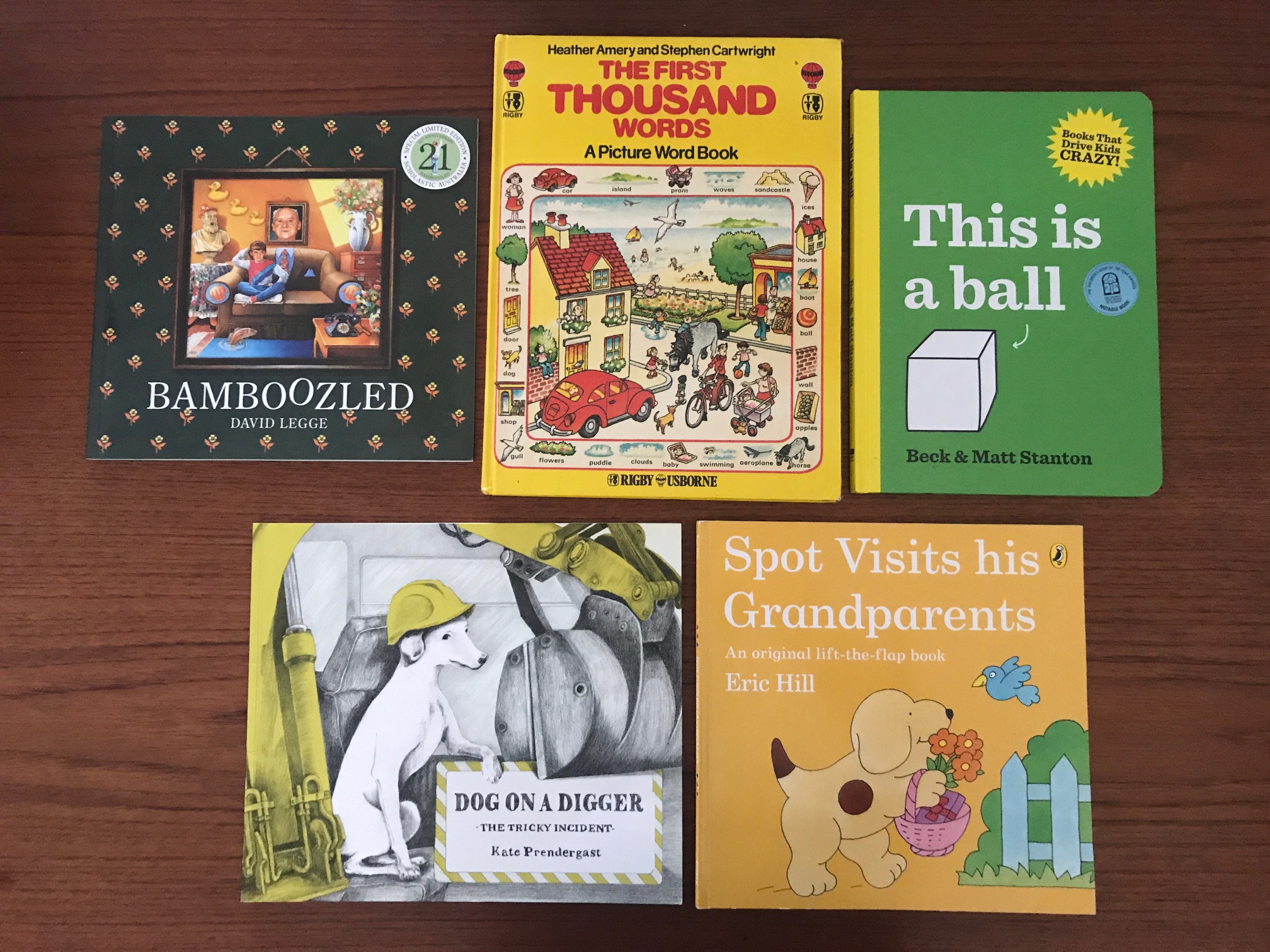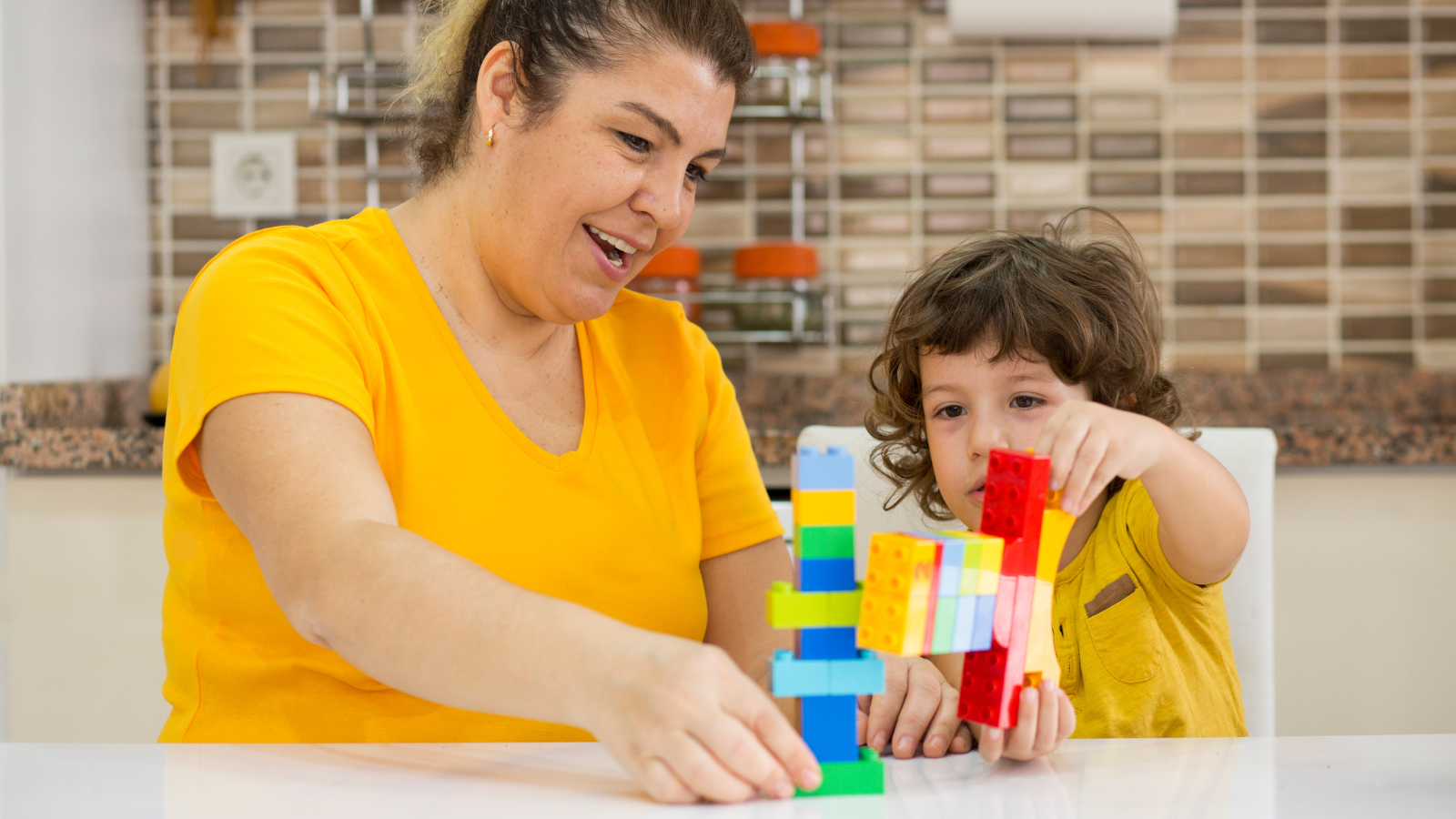Which books should I use in stuttering therapy with my child? Here are our favourite six kinds, with examples
“Help! I need some ideas!” A common – and understandable – request from parents and other carers when you work with children who stutter.
Whether your child is doing the Lidcombe Program, the Westmead Program or a hybrid of the two, books are an inexpensive, portable, and (for most children) enjoyable way to get that daily practice done with a minimum of fuss.
Over the years, lots of parents have asked us for specific book recommendations for practice at home. So we thought we’d share some of our most tried and tested resources: books we use in stuttering therapy in our clinic almost every week. Some we’ve found by accident. Others have been recommended to us by other speech pathologists who work with children who stutter.
1. Flap books
These are books where, on each page or two, you lift a flap to reveal a character or (usually hilarious) event. They’re particularly great when you’re working at the single word or short phrase level.
Recommendations:
Spot the Dog books by Eric Hill
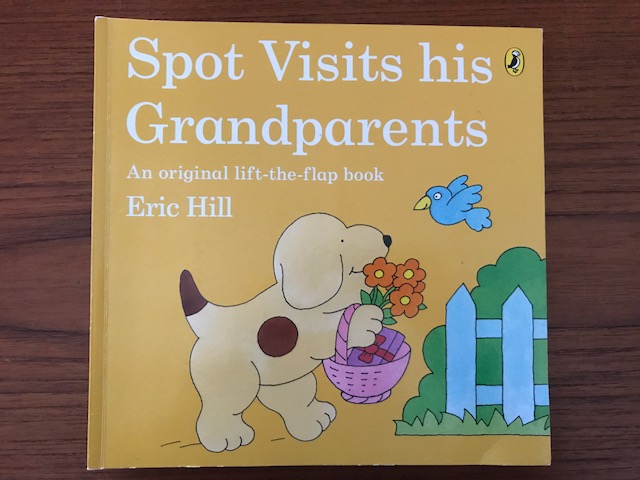
Dear Zoo by Rod Campbell
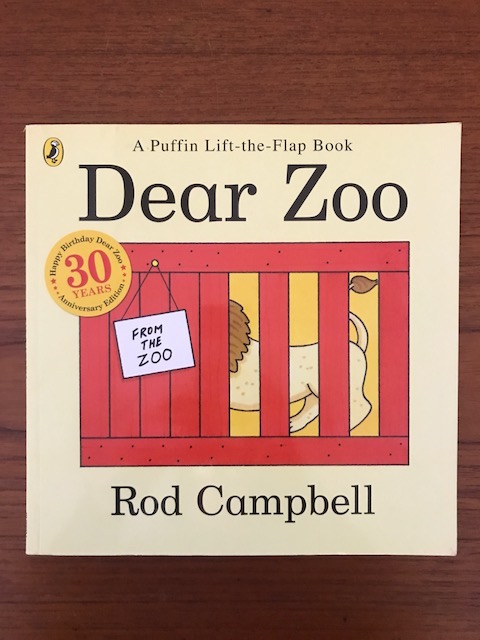
2. Find and name books
These are books depicting busy scenes. In some of them, you have to find items. In others, you simply point and name common objects. These books can be used for all levels of language, from single word, to carrier phrase (e.g. “I can see a…”), through to general conversation (“So many animals live on the farm. I like the cow that’s sleeping in the red barn.”)
Recommendations:
Usborne’s The First Thousand Words
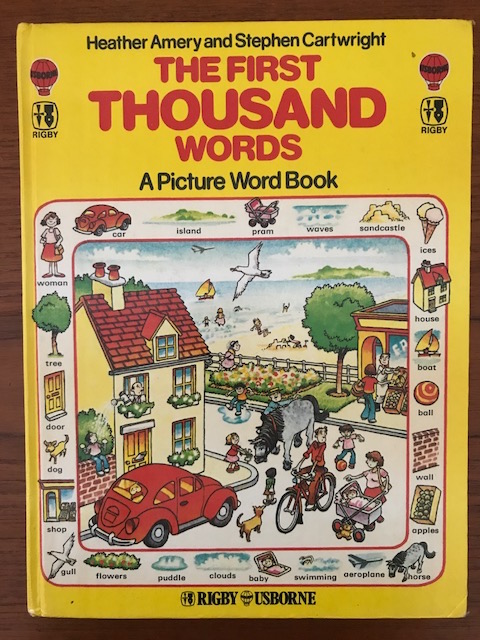
Teenage Mutant Ninja Turtles Look and Find
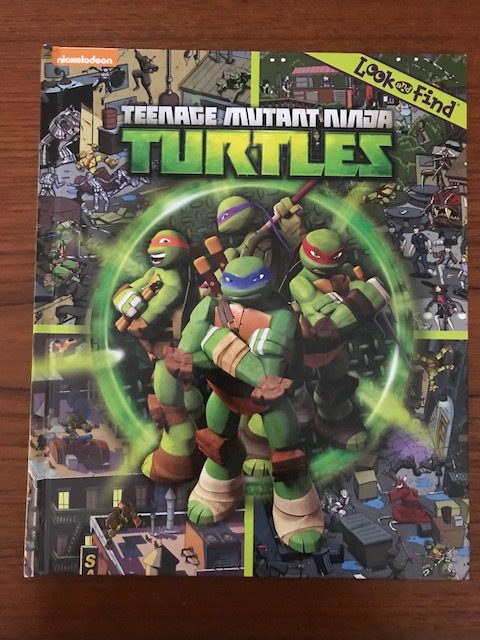
First 1000 Words by Julie Haydon
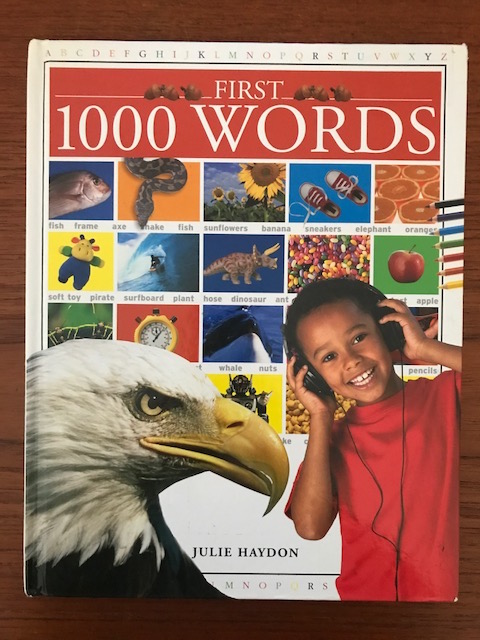
(Note: I don’t use “Where’s Wally/Waldo?” books much, because they can frustrate some kids and distract from what matters most – fluency!)
3. Sentence completion books
Some kids love particular books so much that they learn them by heart. Great for practising fluency at all levels!
Recommendations:
Room on the Broom by Julia Donaldson

Up in the Tree by Margaret Atwood
4. “Silly” or interesting books that provoke
Some books are guaranteed to get a reaction. They should be used with care – some kids love them, others not so much.
But, for the right child, they’re great for working at sentence, description and story levels. And they can be great for syllable-time speech practice with the Westmead Program.
Recommendations:
This is a Ball by Beck & Matt Stanton
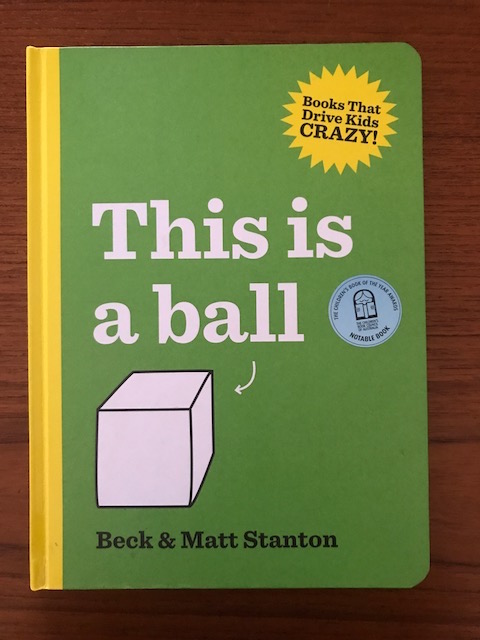
Bamboozled by David Legge
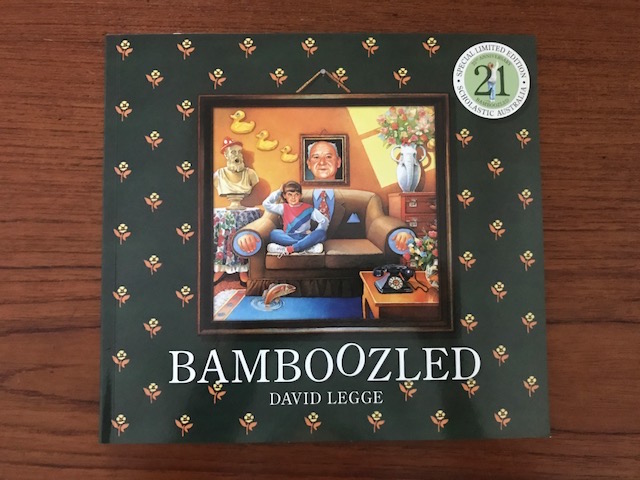
Bad Guys by Aaron Blabey
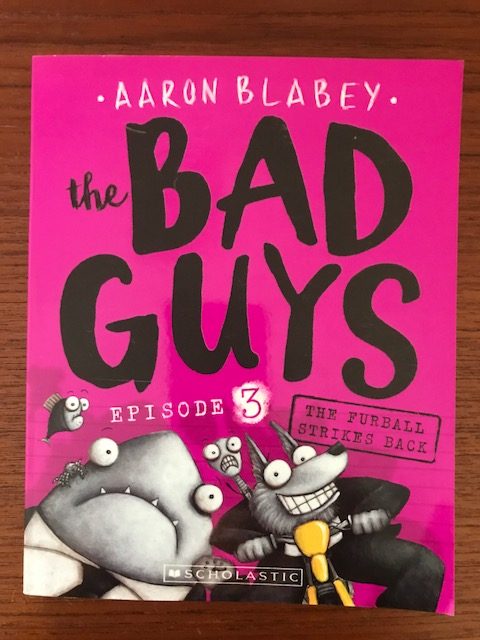
Treehouse books by Terry Griffiths
5. Wordless books
Great for pre-literate and literate kids alike. Wordless books are fantastic for less structured and structured fluency practice, and syllable-timed speech. Also good for kids who stutter and who also have literacy problems because you don’t get bogged down in “reading the words”.
Recommendations:
Dog on a Digger: The Tricky Incident by Kate Prendergast

The Arrival by Shaun Tan
6. Books (and other materials) that play to kids’ interests
I once had a client who loathed books. Wouldn’t touch them with a bargepole. Until I presented my trump card: my deluxe Lego Ninjago Masters of Spinjitzu: The Visual Dictionary. At the end of the session, I had to (almost literally) pry it out of his hands!
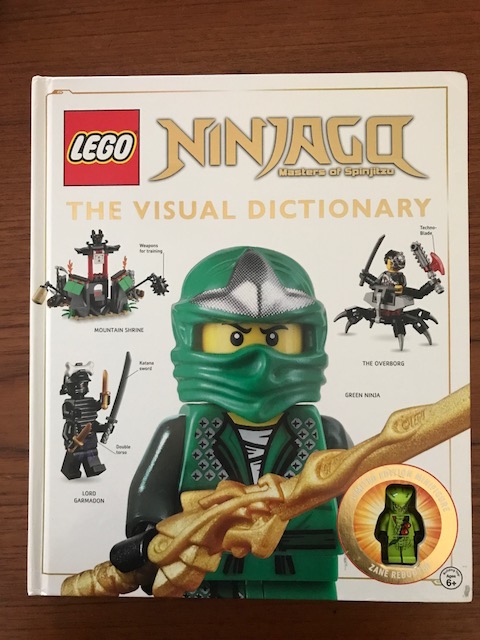
Over the years, I’ve had similar reactions from reluctant readers by tracking down books linked to their “favourite things in the world”. From rugby league magazines, football (soccer) trading cards, Superman comics, to Pokemon posters – whatever it takes! And my local library has been a great place to run, e.g. when a client had a particular interest in Megalodons.
More stuttering resource ideas: Check out our Lidcombe Program 10 Favourite Therapy Activities (a free download) and our Lidcombe Program Stuttering Activities Volume 2.
Final tip: as your child’s fluency improves, remember to read with – not at – your child to turn the shared book reading into a conversation. You can read more about shared book reading here.
Related articles:
- Children who stutter
- The Lidcombe Program for children who stutter
- The Lidcombe Program for stuttering: my 10 favourite therapy activities
- Lidcombe Program Stuttering Activities, Volume 2 (low-prep printable activities for face-to-face and Skype therapy)
- My preschoolers stutters: should we do the Lidcombe Program or the Westmead Program (or something else)?
- Why does the Lidcombe Program for childhood stuttering work: a case of “words will never hurt me”?
- The Lidcombe Program for children who stutter: smooth talking rules for talkative children
- The Lidcombe Program Social Story: “Sometimes my speech is bumpy – but I’m practising every day to talk smoothly!”
- The Westmead Program for children who stutter
- The Westmead Program for children who stutter: robot talking activity log
- School-age stuttering research update: mixing and matching treatments to get results
- My school-age child stutters. What should I do?
- Stuttering treatments: what works for whom? An evidence update
- My child stutters. Is it because he’s shy? sensitive? hyper?
- My pre-schooler stutters and has problems with speech sounds: which one should I treat first?

Hi there, I’m David Kinnane.
Principal Speech Pathologist, Banter Speech & Language
Our talented team of certified practising speech pathologists provide unhurried, personalised and evidence-based speech pathology care to children and adults in the Inner West of Sydney and beyond, both in our clinic and via telehealth.

